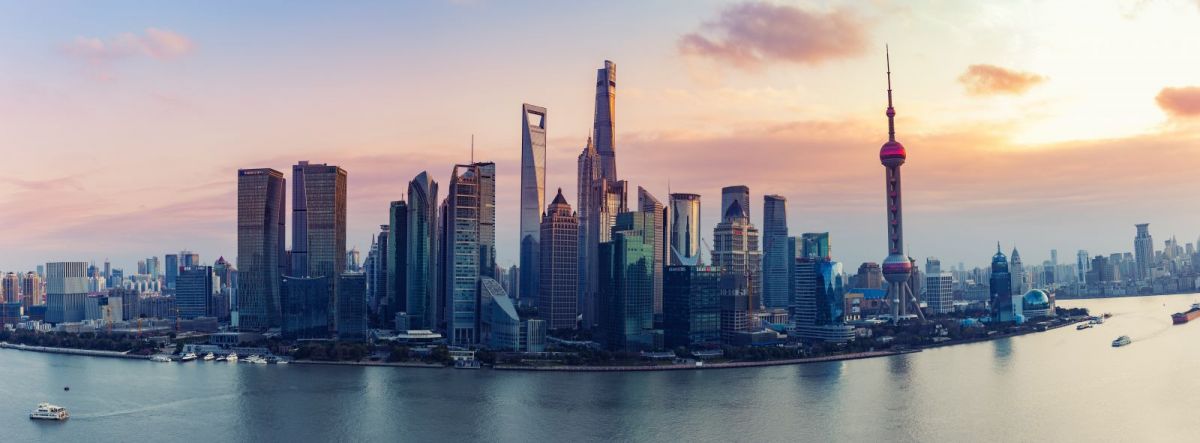Chinese Name: 外滩 Pronunciation: wài tān
Building Time: In 1906-1937
Suggested Visiting Hours: 1-2 Hours
Address: On the west bank of Huangpu River, Huangpu District, Shanghai
Admission Ticket Fare: Free (The Bund Sightseeing Tunnel is 50 yuan/person for one way trip, 70 yuan/person for a round way trip.)
| Time | |
| Opening Hours | All day round |
| Light Opening Hours | 19:00-23:00 from May to October, 18:00-22:00 from November to April. |
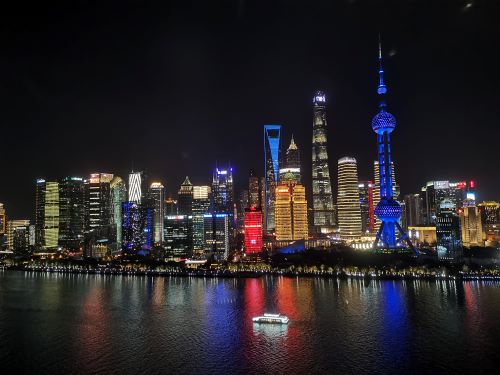
The Bund is a Chinese historical and cultural district. It is 1.5 kilometers long, with Huangpu River in the east and the old Shanghai financial and foreign trade institutions in the west. After Shanghai became a commercial port, foreign banks, companies, and general assembly began to gather here, and the Bund became the financial center of the whole country.
On the Bund, there are 52 buildings with different styles of classical revival. It is an important historical heritage and representative building of modern China and one of the landmarks of Shanghai.
In the 20th century, with the development of architectural technology and the growth of economic strength, the Bund has a variety of building styles, such as Britain's new classic, the French classic form, Gothic, Baroque, modern western-style, and east India, presenting the style of buildings around the world.
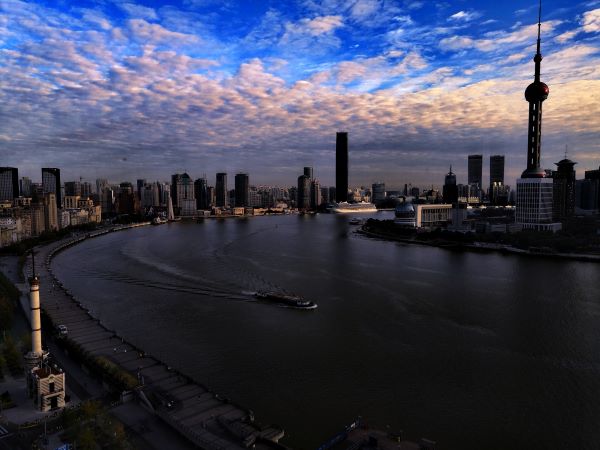
Therefore, the group of buildings from the Baidu Bridge outside the Suzhou River in the north to the East Jinling Road in the south, are known as the "Exhibition of Architecture of All Nations". These buildings, which coexist with classicism and modernism, have become the symbol of Shanghai.
In November 1996, the State Council listed them among the fourth group of national key cultural relics protection units. Across the river from the Bund, Lujiazui in Pudong contains Shanghai's landmark buildings, such as the Oriental Pearl Tower, Jinmao Tower, Shanghai Tower, and Shanghai World Financial Center. It has become the symbol of China's reform and opening-up and the epitome of Shanghai's modernization.
In the twenty-third year of the Qing Dynasty (1843), before opening the concession in Shanghai, the British Empire first demarcated the Bund area as the "anchorage zone" for its ships.
On November 29 in the 25th year of Daoguang reign(1845), the west land of the Bund was designated as a British concession through the Shanghai Land Charter. Since then, the colonial authorities have built the British Consulate (now home to the Shanghai branch of China Travel Service at 33 Bund) in Lijiazhuang (also known as Lijiachang, southwest of modern Yuanmingyuan Road and a section of East Beijing Road near the Bund).
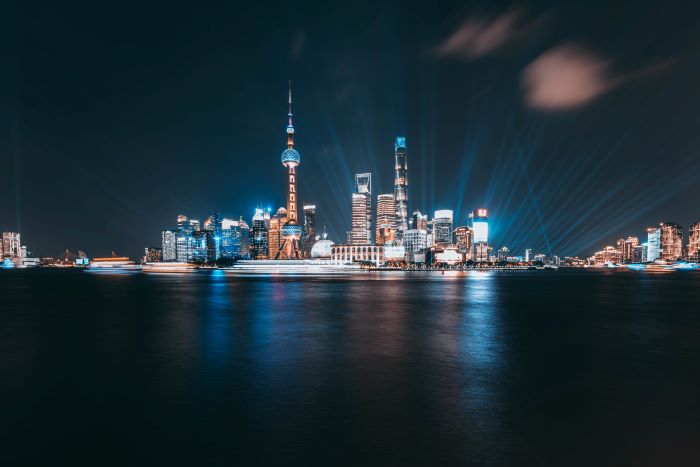
In the 28th year of Daoguang reign(1848), the towpath near the Huangpu River was transformed into an 18-meter-wide road, and a wharf, a stack, a bank and a shipyard were built on the east side of the road. In the twenty-ninth year of Daoguang reign(1849), French colonists also occupied the Bund and established the French concession.
Between the fourth year of Xianfeng in Qing Dynasty (1854) and the thirtieth year of the Republic of China (1941), more than ten foreign banks and Chinese banks appeared in the Bund, making it the financial center of Shanghai, thus the Bund also known as the "Eastern Wall Street".
In the twelfth year of the Reign of Emperor Tongzhi of the Qing Dynasty (1873), the British Consulate was built, becoming the earliest consulate building in Shanghai and the oldest modern building preserved in the first interface of the Bund complex. In October 1905, the first state bank of China, the Ministry of Accounts bank, set up a branch in the Bund.
In May 1908, in the thirty-fourth year of the reign of Emperor Guangxu of the Qing Dynasty, Bank of Communications established its Shanghai branch on the Bund.
In the 25th year of the Republic of China (1936), there were 131 Chinese Banks in Shanghai, almost all of which were concentrated in the Bund.
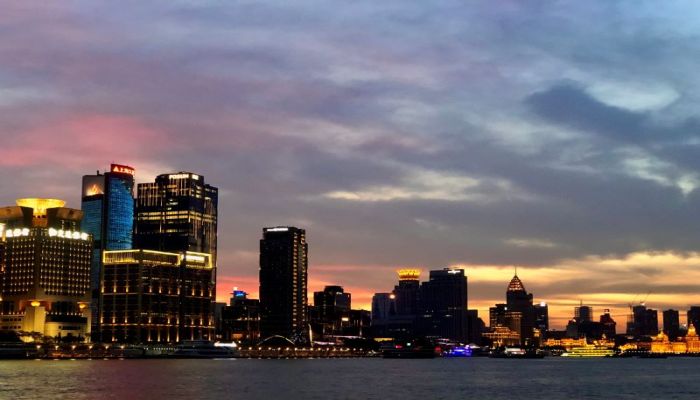
In the 26th year of the Republic of China (1937), the Bank of China building was completed. It was the only building in the Bund that was designed and built by the Chinese themselves.
Before the Japanese occupied the Bund in 1941, the Bund had been occupied by British and French, which was called "The Bund of the British Concession" and "The Bund of France". The Ministry of Industry of the Public Concession and the Public Board of Directors of the French Concession were their highest municipal organizations and leading bodies respectively.
In the thirty-fourth year of the Republic of China (1945), with the victory of the War of Resistance against Japanese Aggression, China regained the right of administration of the concession, and the road on the Bund was named as Zhongshandong Yi Lu.
In October 1948, the Bank of Communications (BOCOM) building was completed, and the overall pattern of the Bund skyline and Bund complex was basically formed.
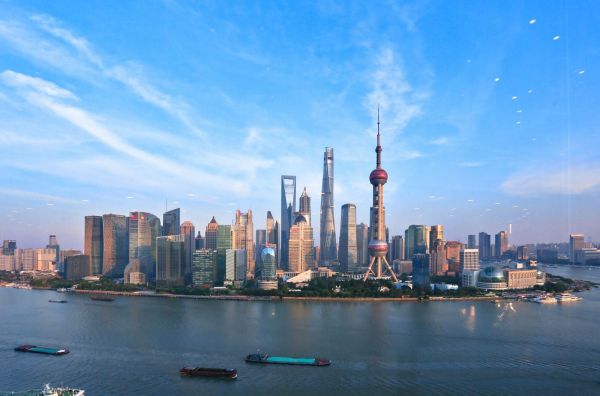
In May 1949, Shanghai was liberated and the Shanghai Military Control Commission was ordered to take over the Capital Bank of the Republic of China. State-owned Banks such as the new East China Branch of the People's Bank of China converge on the Bund.
In 1979, China launched the reform and opening-up policy, and the newly established financial institutions and markets, such as The China Foreign Exchange Trade Center, Shanghai Gold Exchange and Shanghai Clearing House, were first established on the Bund. Many foreign Banks returned to the Bund. The Shanghai government gave up its building to open Shanghai Pudong Development Bank.
In April 2007, Shanghai municipal government approved the implementation of a new round of comprehensive transportation renovation project on the Bund for the World Expo. In July, the Bund began a comprehensive renovation.
In March 2009, after the construction of Shanghai International Financial Center was approved by the central government, the "Bund Financial Gathering Zone" was established, covering an area of 2.6 square kilometers along the Bund, starting from Suzhou River in the north and reaching the Expo Site in the south.
On March 28, 2010, the Bund was fully renovated before the opening ceremony of the World Expo.
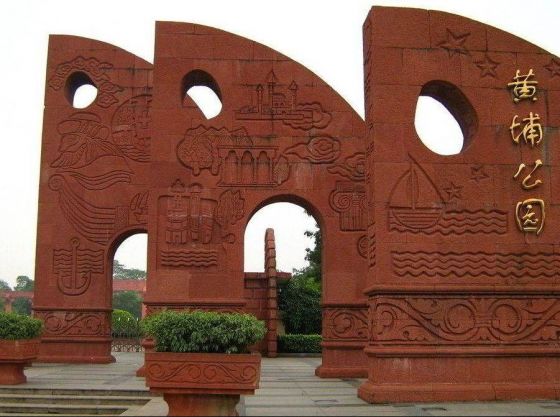
Huangpu Park is located in No. 28, Zhongshandong Yi Road, near the Huangpu River in the east, the Bund Green Belt in the south, the First road of Central Shandong in the west, and Wusong River (Suzhou River) in the north. It is the earliest European garden in Shanghai and was built in the seventh year of Tongzhi of the Qing Dynasty (1868). It is a witness to the vicissitudes of the Bund.
Huangpu Park takes the Monument to the People's Heroes as the main scene. The monument stands at the intersection of the Huangpu River and Suzhou River in the northeast of the park. The monument is 60 meters high and collects three waves in the air in the turbulent form of the river, symbolizing the Opium War, the May 4th Movement and the heroes who died in the People's Liberation War.
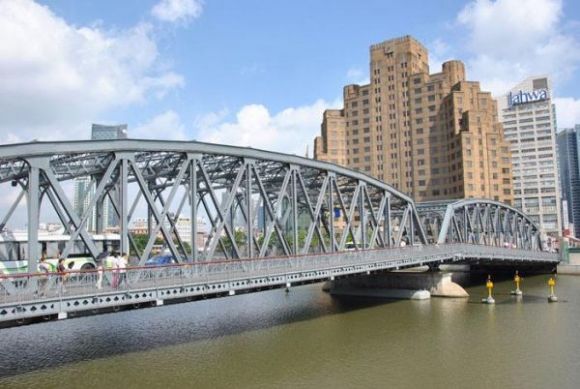
Garden Bridge of Shanghai, one of the landmark buildings in old Shanghai, is located at the mouth of the lower Reaches of Suzhou River, on the west side of Huangpu Park. As an all-steel bridge with two spans of 52.16 meters and a width of 18.3 meters, Garden Bridge of Shanghai is an important passage connecting the north of Shanghai with the east of Shanghai, with a high flow of people and cars crossing the bridge. Garden Bridge of Shanghai is the first bridge at the mouth of the Huangpu River.
According to historical records, the Garden Bridge of Shanghai was originally a wooden bridge, built in the sixth year of Xianfeng (1856) in the Qing Dynasty. The bridge was built by William Wills, an Englishman working for the firm Jardine Matheson, so it was also named as Wills Bridge.
The second outer Garden Bridge of Shanghai, built in the 12th year of the Reign of Emperor Tongzhi of the Qing Dynasty (1873), is located to the left of the Wills Bridge. It was called "Garden Bridge" by the British because of its proximity to the Bund Park. Since then, Wills Bridge has been dismantled by the Department of Works. In the thirty-third year of the Reign of Emperor Guangxu (1907), the Ministry of Industry of the Concession decided to build a new bridge instead, which gave rise to the third generation of steel structure Garden Bridge of Shanghai, and it has been in use ever since.
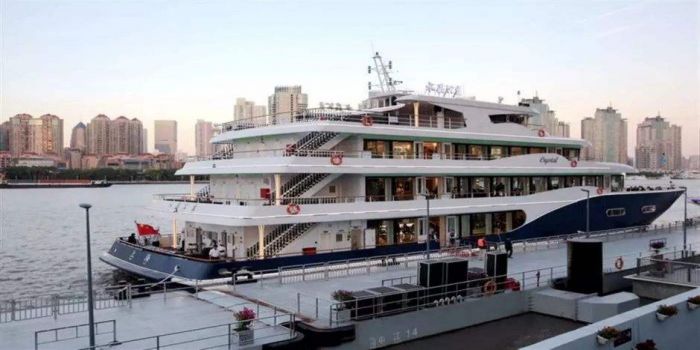
Located between Garden Bridge of Shanghai and Lupu Bridge on the Huangpu River, Shiliupu Pier offers a panoramic view of the Bund, Lujiazui's landmark, Oriental Pearl Tower, Jinmao Tower, World Financial Center, and Shanghai Tower. Below the horizontal platform is a sunken plaza, covering an area of 20,000 square meters and divided into three floors. Entertainment and catering facilities are located on the first and second floor, adjacent to Shiliupu tourist distribution center and Huangpu River cruise terminal.
Chen Yi Square is located in the east of Nanjing East Road, Zhongshan East 1st Road, Shanghai Bund. It was built in memory of Chen Yi, the first mayor of Shanghai in the People's Republic of China. Now it has become a tourist attraction in Shanghai, enriching the nightlife of the citizens.
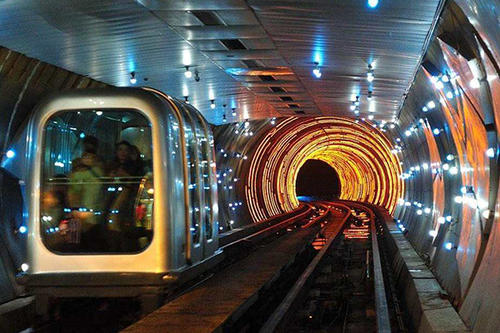
The tunnel connects the Bund of Shanghai to Pudong area, which is next to the Oriental Pearl TV Tower. The Sightseeing Tunnel in Shanghai crosses the Huangpu River. A journey through the 647m long tunnel of changing colors will be very exciting.
The passenger carrying system of the tunnel adopts the driverless and environmentally friendly SK car introduced from France. The silvery white and transparent car has a wide view. At the same time, the music and sound effects sent out by the 6-channel hi-fi sound system in the car are combined with the changes in the landscape, making people have an immersive shock.
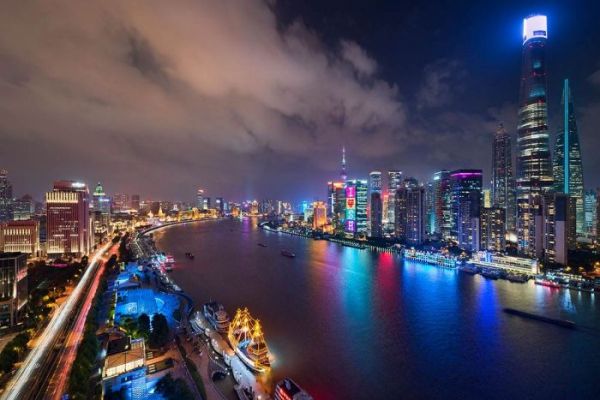
Some people say that the best place to enjoy the night view of the Huangpu River is not on the Bund but on a cruise ship on the Huangpu River. It is a must for visitors to Shanghai. At night, the lights on both sides of the Huangpu River show people the charm of the combination of classical and modern architectural styles clearly. You can see that architecture is static beauty, while river water is dynamic beauty. The banks are noisy and prosperous, but the river is quiet and beautiful. Shanghai's Huangpu River, a place to enjoy.
Yuanmingyuan Road -- Garden Bridge of Shanghai -- Huangpu Park -- The Bund Historical Memorial and Monument to The People's Heroes -- Chen Yi Square -- Financial Square -- Yan 'an Road Bund Signal Tower Square -- Jinling East Road Ferry Crossing the River -- Pudong Lujiazui.
1. During the day, you can observe the buildings on both sides of the river.
2. In the evening, especially during holidays or weekends, all the buildings on the Bund (including those in Pudong on the other side of the river) are lit up with bright and colorful lights, which looks very beautiful.
3. Late at night, the Bund with the colorful lights off is a world for lovers. The sound of steamers on the Huangpu River makes the Bund more peaceful, and you can listen to the sounds from the deepest part of the city.
Take bus No. 576, No. 317, No. 868, and get off at Guangdong Road, Zhongshan East 1st Road bus stop.
Take subway line 2 and Line 10 to Nanjing East Road Station. Walk about 600 meters to the Bund.
Chinese: 请带我去外滩。English: Please take me to the Bund.
If you go to the Bund from Shanghai Pudong International Airport, it takes about 1 hour (about 64 yuan).
If you go to the Bund from Shanghai South Railway Station, it takes about 45 minutes (about 53 yuan).
If you go to the Bund from Shanghai Hongqiao Station, it takes about 1 hour and 12 minutes (about 79 yuan).
If you go to the Bund from Shanghai Hongqiao International Airport, it takes abour 1 hour and 19 minutes (about 62 yuan).
